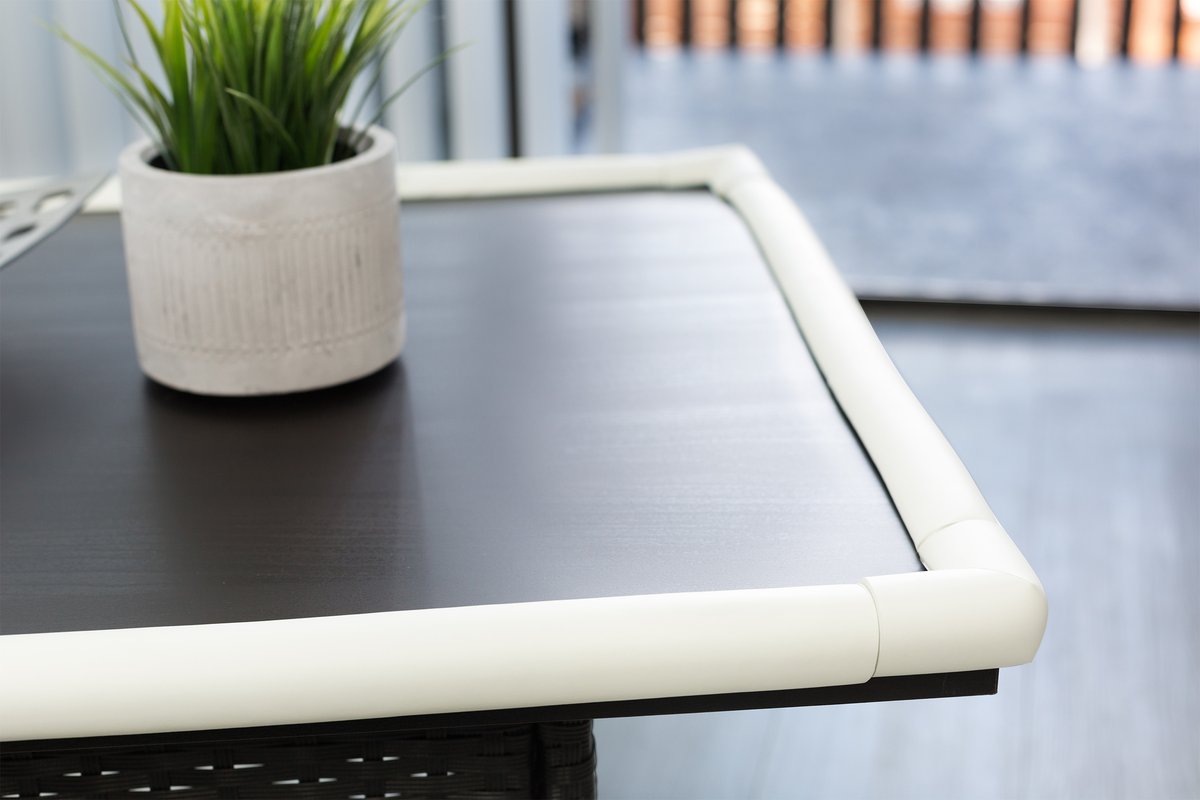How to childproof your home

Becoming a parent for the first time is tremendously exciting, but it also involves ensuring your home is ready to receive a new addition. Whether you’re expecting a baby or adopting a small child, it’s important to evaluate your furnishings, décor and appliances for practicality and safety.
Buying a new home eliminates many of the risks kids might face in older properties, and every Cruden property incorporates essential attributes like safety glass in windows. Nonetheless, the first step towards childproofing your home involves seeking out potential risks. Three-dimensional edges represent a particular challenge, such as corners on worktops, cabinets and coffee tables. Clear plastic protectors round off these sharp edges, costing roughly a pound each. Plug protectors for wall sockets are even cheaper.
A thorough grounding
A good way to identify potential safety threats is to crawl round at a child’s eye level. Metal doorstops and tiled fireplace edges seem far more dangerous down here, requiring cushioning or replacement wherever possible. Rubber bumpers will prevent doors slamming shut, and stair gates ensure little ones can’t escape beyond designated areas. It’s possible to buy stair gates with integral cat flaps, and these gates may be equally handy outside utility rooms or walk-in cupboards. Speaking of cupboards, ensure any toxic or potentially harmful chemicals are stored in cabinets with locks fitted – latches are cheap and easy to install on kitchen units or freestanding cupboards.
Take a good look outside, where flagstones are prone to settling unevenly; avoid being a trip hazard, they may require periodic levelling using a sack of sand. Install high locks or latches on side gates, and resist any temptation to add a pond, since this is an obvious safety hazard. Wooden decking may be slippery in wet conditions, and steps of any kind will require careful supervision even though they’re hard to avoid in sloping plots.
Practical steps
Having minimised as many risks as possible, it’s time to consider practicalities. Washable paint shrugs off jammy fingerprints and muddy splashes, as will laminate floors. Solid wooden flooring is equally easy to keep clean, but it tends to dent when items are (inevitably) dropped on it. It’s best to avoid carpets in areas where food is consumed, with vinyl representing an easy-to-mop choice in dining kitchens. Speaking of which, glass-topped dining tables are less forgiving than Formica or wood alternatives. Leather dining chairs repel marks and food stains better than fabric ones and the same is true of sofas and armchairs, though hardwearing tweed or removable covers are worth considering as well.
Finally, go for practicality over aesthetics when furnishing a little one’s bedroom. Cabin beds are incredibly stylish, but a sleepy child climbing down a ladder every morning represents an unnecessary danger. Buy soft-closing cupboards and drawer units to prevent crushed fingers, while integral wardrobe doors should also close without slamming shut. Secure tall furnishings to the wall using a bracket to prevent them being pulled over, and do the same with large electrical appliances (particularly TVs) elsewhere in the home.
Back to Latest Posts




